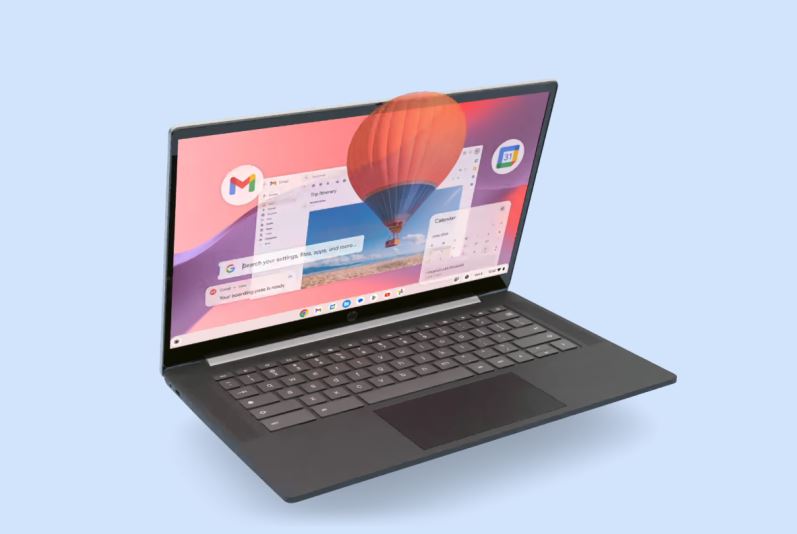Chromebook Recovery is a vital feature that allows you to restore your Chromebook to its original factory state in case of severe software issues or system malfunctions. This process reinstalls the Chrome OS, effectively resetting the device to its initial state. Chromebook Recovery is particularly useful when your device is not working correctly, fails to boot, or has been compromised.
Why Use Chromebook Recovery?
- Fix Critical Issues: Recovery can resolve severe system errors, boot failures, and other critical issues that cannot be fixed through standard troubleshooting methods.
- Restore Functionality: If your Chromebook has been corrupted, attacked by malware, or severely misconfigured, recovery will restore it to a clean, working state.
- Resale Preparation: Recovery is also used to wipe all personal data and restore the device to factory settings, making it ready for resale or handover to a new user.
How to Perform a Chromebook Recovery
Performing a Chromebook Recovery requires a few steps and some preparation:
- Backup Your Data: Before starting the recovery process, ensure all important data is backed up to Google Drive or another cloud service, as recovery will erase all local data.
- Get a Recovery Image: You will need a USB flash drive or an SD card with at least 4GB of space. Insert it into a working computer and download the Chromebook Recovery Utility from the Chrome Web Store.
Create a Recovery Drive
- Open the Chromebook Recovery Utility on your computer.
- Click “Get Started” and enter the model number of your Chromebook, which can be found on the recovery screen or the bottom of the device.
- Follow the on-screen instructions to create a recovery drive using your USB flash drive or SD card.
Boot into Recovery Mode
- Turn off your Chromebook.
- Press and hold the Esc + Refresh keys, and then press the Power button.
- Release the keys when the recovery screen appears.
Recover the Chromebook
- Insert the recovery USB drive or SD card into your Chromebook.
- Follow the on-screen instructions to initiate the recovery process.
- Once completed, remove the recovery media and reboot your Chromebook.
Troubleshooting Chromebook Recovery
If you encounter issues during the recovery process, try the following steps:
- Ensure a Stable Internet Connection: A stable internet connection is necessary to download the recovery image and updates.
- Check Recovery Media: Make sure your USB flash drive or SD card is properly formatted and has no physical damage.
- Restart the Process: If the recovery fails, restart the process from the beginning, ensuring you follow each step accurately.
- Use a Different Computer: If possible, create the recovery media on a different computer to rule out issues with the initial device.
Chromebook Recovery is an essential tool for maintaining the functionality and security of your Chromebook. Whether you’re facing severe software issues, preparing your device for a new user, or simply need a fresh start, the recovery process is straightforward and effective.
By following the steps outlined above and backing up your data beforehand, you can ensure a smooth and successful recovery of your Chromebook.




